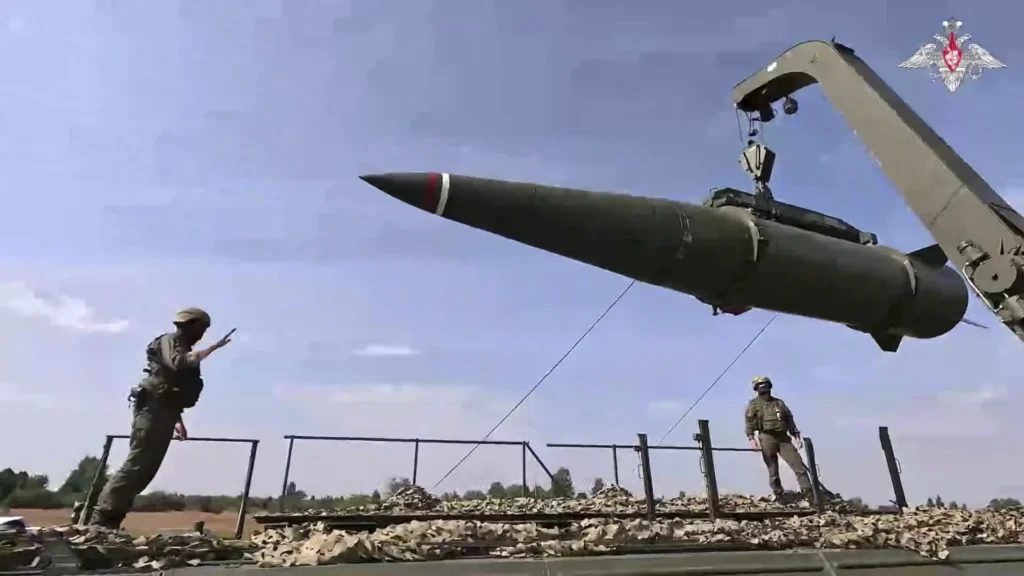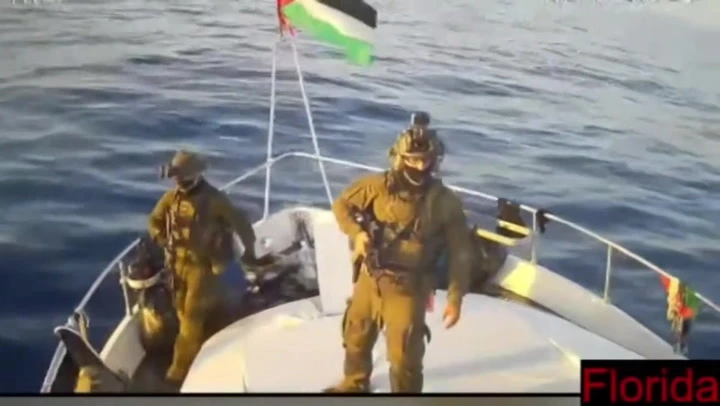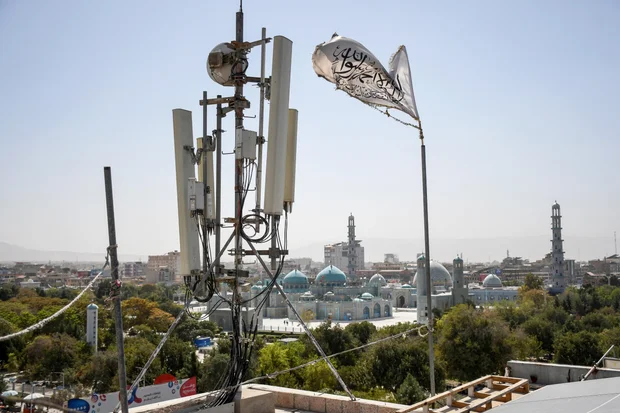A Show of Strength on Land, Sea, and Air
Military drills held by Russia stretching from Belarus to the Baltic Sea. These exercises combined standard military power with weapons able to carry nuclear warheads, worrying NATO countries. Zapad-2025 exercises display many soldiers, numerous naval vessels, distant-range aircraft, modern missile technology. Russia announced it used new Zircon missiles, showing it can attack with weapons that travel extremely quickly, making them hard for many Western defense systems to stop.
The Oreshnik missile takes center stage, a recently developed weapon that can deliver either a nuclear payload or standard explosives over a considerable distance. The Oreshnik travels incredibly fast, possibly ten times the speed of sound, so it is difficult for systems designed to stop missiles to intercept it. NATO leaders say it’s hard to know if a weapon holds a nuclear charge until it explodes, so this uncertainty makes choices tougher when trouble starts.
Russian, Belarusian troops practice working together, preparing for both defense, attacks. Some drills include situations with nuclear weapons. Moscow shows it thinks nuclear weapons can do more than just prevent attacks. They suggest Russia considers these weapons options for use during smaller fights.
Doctrinal Shifts and Rising Alarm in Europe
Military exercises follow Russia’s new nuclear plan, which suggests it might use atomic weapons sooner. If Russia faces a big, normal military attack supported by a country with nuclear weapons, the policy allows for a nuclear response. Experts believe this change makes it harder to tell the difference between regular war, war with nuclear weapons, increasing the chance conflicts could become much bigger.
Belarus now causes worry. Information suggests Russia now has short range nuclear weapons in Belarus, they include Oreshnik missiles. Because Belarus shares borders with NATO countries, it functions as a location where Russia positions its nuclear weapons. It’s still unclear who is in charge of these weapons. Russia says it maintains control, yet people in Belarus give conflicting information. Even so, they are close to Poland, Lithuania, Latvia, which worries nearby countries.
Countries nearby reacted with strong words, they also increased their alert levels. Poland stated Russia intentionally stirred up trouble, following drone activity connected to exercises crossing into Polish air space. Lithuania, Latvia, Estonia sided with Poland, calling Zapad-2025 trouble for the region. NATO strengthened air defenses, sent more fighter planes, repeated its promise to protect nations in eastern Europe.
The danger isn’t limited to countries in Eastern Europe. Fast missiles now let nations hit targets very far away. Experts believe places like the United Kingdom, or Spain, could be potential targets. The head of NATO explained new weapons give European cities less time to prepare for attack, shrinking the protection that previously discouraged conflict.

Risks of Miscalculation and the Road Ahead
Tensions quickly increase following Zapad-2025. Weapons that can use nuclear material are close to countries in NATO, so mistakes could quickly become dangerous. A mistaken drone sighting, a wayward jet, or a confusing missile launch might start a series of events leading to terrible outcomes. Defense analysts warn practicing with nuclear weapons makes people think atomic attacks are acceptable, eroding decades of international opposition to their use.
These drills help Moscow in several ways. People there support the Russian government’s story, claiming Russia is still a strong military power, even with the difficulties caused by the conflict in Ukraine. Overseas, their goal is to discourage NATO from getting more involved in Eastern Europe. They demonstrate this through threats of increasing conflict. It is unclear if this approach will stop opponents or encourage more conflict.
NATO needs to appear strong to discourage attacks, yet avoid actions that escalate tensions. The group is getting stronger in the east, yet they want to be careful not to start any fights by accident. A few diplomats think there’s a small possibility for new discussions about weapons limits, however, relationships between Moscow, Western governments are very strained. This situation creates challenges for movement forward.
Over time, these military exercises, together with NATO’s responses, could become commonplace. This would establish a stronger military presence along the eastern edge of Europe. When conflicts get worse, people misunderstand each other more easily, particularly with weapons like the Oreshnik. These weapons make it hard to tell if a missile carries a nuclear warhead or a regular one.
Russia, NATO communicate with strong messages as exercises continue. Because these drills include actual nuclear weapons, the risk of something going terribly wrong feels very high.









